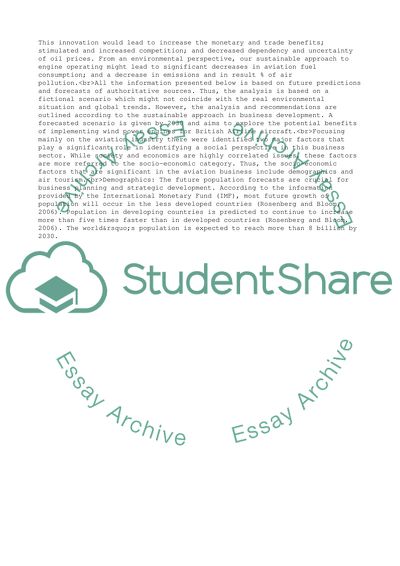Cite this document
(Sustainability in Business Wind Power Engines Case Study, n.d.)
Sustainability in Business Wind Power Engines Case Study. Retrieved from https://studentshare.org/business/1746239-sustainability-in-bussines
Sustainability in Business Wind Power Engines Case Study. Retrieved from https://studentshare.org/business/1746239-sustainability-in-bussines
(Sustainability in Business Wind Power Engines Case Study)
Sustainability in Business Wind Power Engines Case Study. https://studentshare.org/business/1746239-sustainability-in-bussines.
Sustainability in Business Wind Power Engines Case Study. https://studentshare.org/business/1746239-sustainability-in-bussines.
“Sustainability in Business Wind Power Engines Case Study”, n.d. https://studentshare.org/business/1746239-sustainability-in-bussines.


